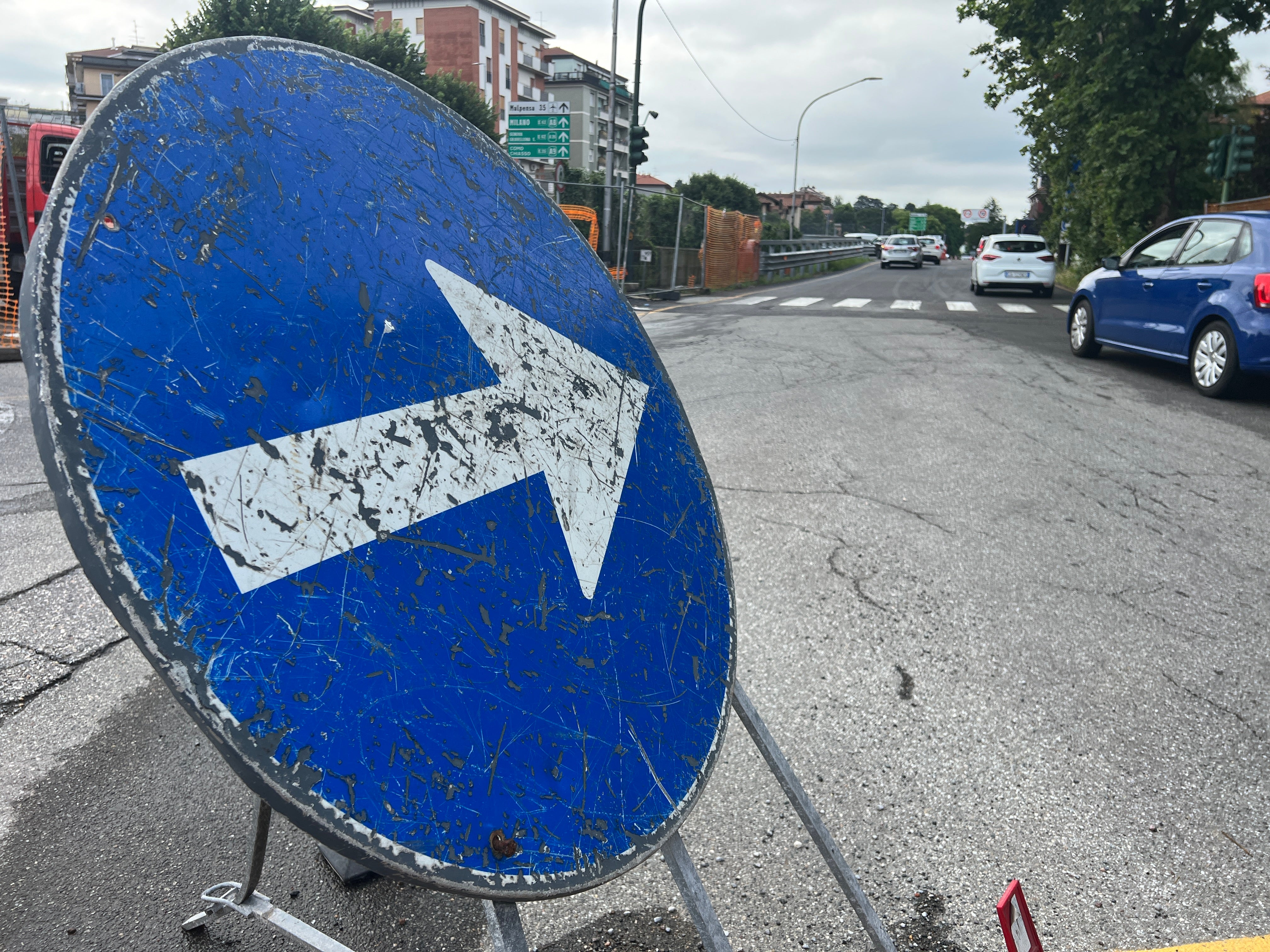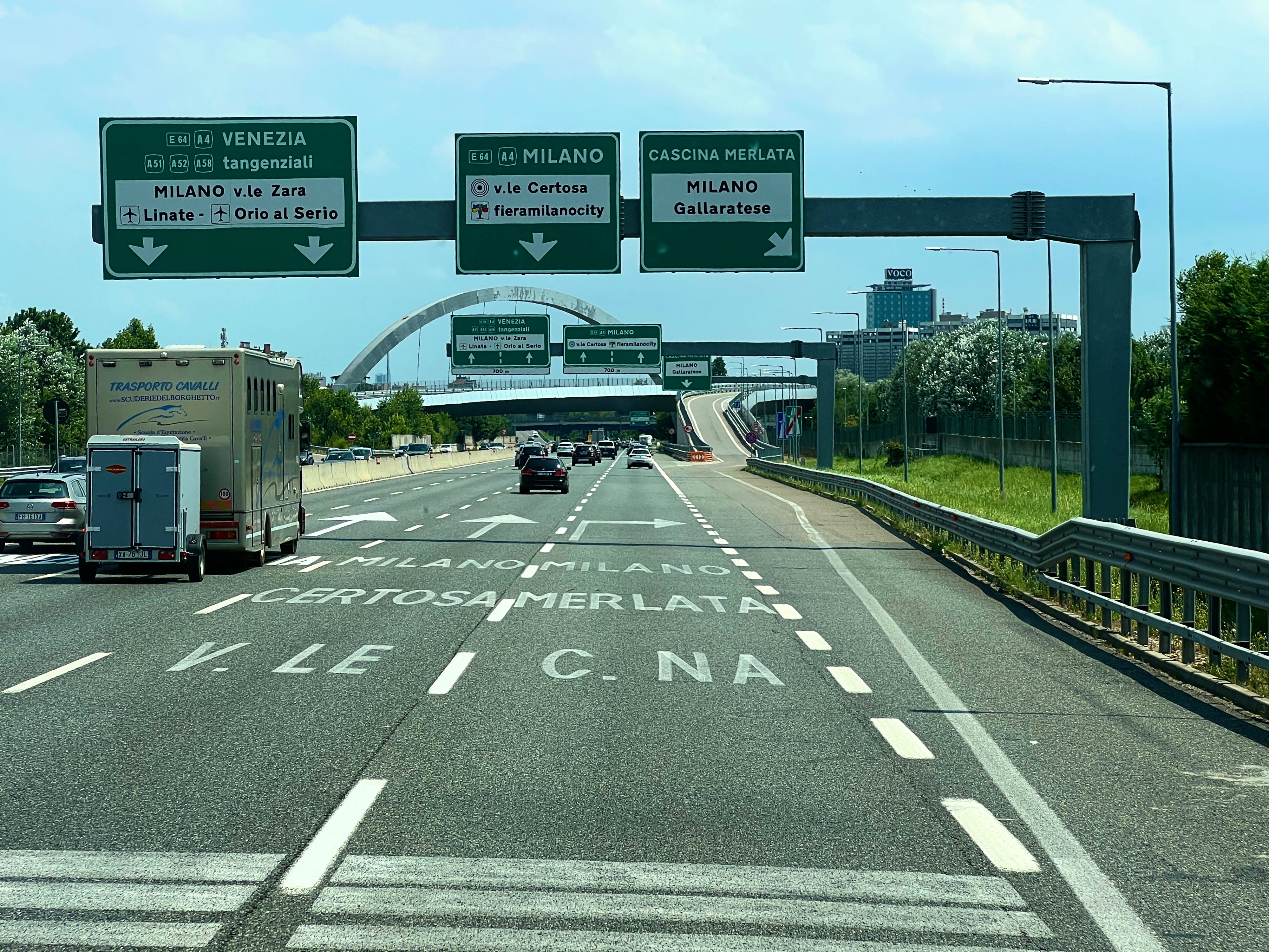Motorway 100: How the Italians transformed road travel
The Man Who Pays His Way: The visionaries of fast intercity road transport held some highly questionable political views

Your support helps us to tell the story
From reproductive rights to climate change to Big Tech, The Independent is on the ground when the story is developing. Whether it's investigating the financials of Elon Musk's pro-Trump PAC or producing our latest documentary, 'The A Word', which shines a light on the American women fighting for reproductive rights, we know how important it is to parse out the facts from the messaging.
At such a critical moment in US history, we need reporters on the ground. Your donation allows us to keep sending journalists to speak to both sides of the story.
The Independent is trusted by Americans across the entire political spectrum. And unlike many other quality news outlets, we choose not to lock Americans out of our reporting and analysis with paywalls. We believe quality journalism should be available to everyone, paid for by those who can afford it.
Your support makes all the difference.Questo è pazzesco, I thought (or at least I would have done if only I could think in Italian).
This is crazy.
I am on the world’s first motorway, and even on a Sunday afternoon it is a heaving mass of traffic. But when the Milan-Varese superhighway opened 100 years ago this month, car ownership in Italy was barely measurable – just 0.2 per cent of today’s levels.
Yet what began as a two-lane project to help the Milanese motorists reach the fresh air of the Italian lakes now consumes a huge swathe of countryside.
How the original autostrada has expanded: first two, then four, six, eight and now 10 lanes of traffic jostle and rumble along the A8. This arterial motorway northwest of Milan runs straight as a Roman road out towards Malpensa airport.
But just before it reaches Italy’s biggest hub outside Rome, the A8 swerves north towards the Alps. Trans-European traffic soon peels off to climb towards Switzerland on the E62, a European highway that ends at Nantes on the French Atlantic coast.
But a now-reduced stump of autostrada still aims for the heart of the small, fine city of Varese: a century ago, one end of the world’s first motorway.
The land now known as Italy brought us Europe’s first coherent route network: Roman roads. The movement of people (mostly soldiers) and goods was accelerated by a web of roads that spread from Hadrian’s Wall deep into the Middle East.
Two millennia later, the Italians bestowed the world with what has become the principal means of intercity mobility.

The European Environment Agency defines a motorway as: “A road specially designed and built for motor traffic, which does not serve properties bordering on it.” In other words: something like a railway for the motor age.
In 1909, the Italian founder of the Futurist movement, Filippo Marinetti, wrote in his manifesto: “We want to hymn the man at the wheel, who hurls the lance of his spirit across the Earth … we have already created eternal, omnipresent speed.”
Signor Marinetti was an unusual fellow, since he also urged demolishing all Italian museums and fighting feminism. But the engineer Piero Puricelli was listening.
After the First World War he designed an F-shaped autostrada, with Milan at the base and the branches heading for Varese and Como. The world’s first proper motorway was the stretch between Milan and Varese: a two-lane highway, like many other roads, but with controlled access.
The modern A8 follows much the same course. It has obliterated almost every trace of the original road.

But at the end of the 55km/34-mile drive from Milan, you can find a ghost of the 1924 original in the shape of the Via Autostrada.
Even if your knowledge of motoring Italian is limited, that name sounds odd: “Motorway Road”? But it is indeed a 3km stretch of the original two-lane autostrada – beginning at a scruffy square, Largo Floriani, on the southern edge of Varese.
The carriageway is separated from suburbia to the west by a wall; the other side parallels the railway. Over the decades the original autostrada has been downgraded to a strada statale, but you can still sense the glee as motorists accelerate towards the sun – and freedom.
Signor Puricelli later became a fascist senator. Exactly nine years after his creation opened in Italy, Adolf Hitler launched his Reichsautobahnen network in Germany in 1933.
British drivers would need to wait a further quarter-century to join the motorway age. Even then, it was a swizz: an eight-mile bypass around Preston, now part of the M6. Italy had built a motorway four times longer, decades earlier. But the UK decided to go slow.
E state pazzesco – that was crazy.

Simon Calder, also known as The Man Who Pays His Way, has been writing about travel for The Independent since 1994. In his weekly opinion column, he explores a key travel issue – and what it means for you.
Join our commenting forum
Join thought-provoking conversations, follow other Independent readers and see their replies
Comments